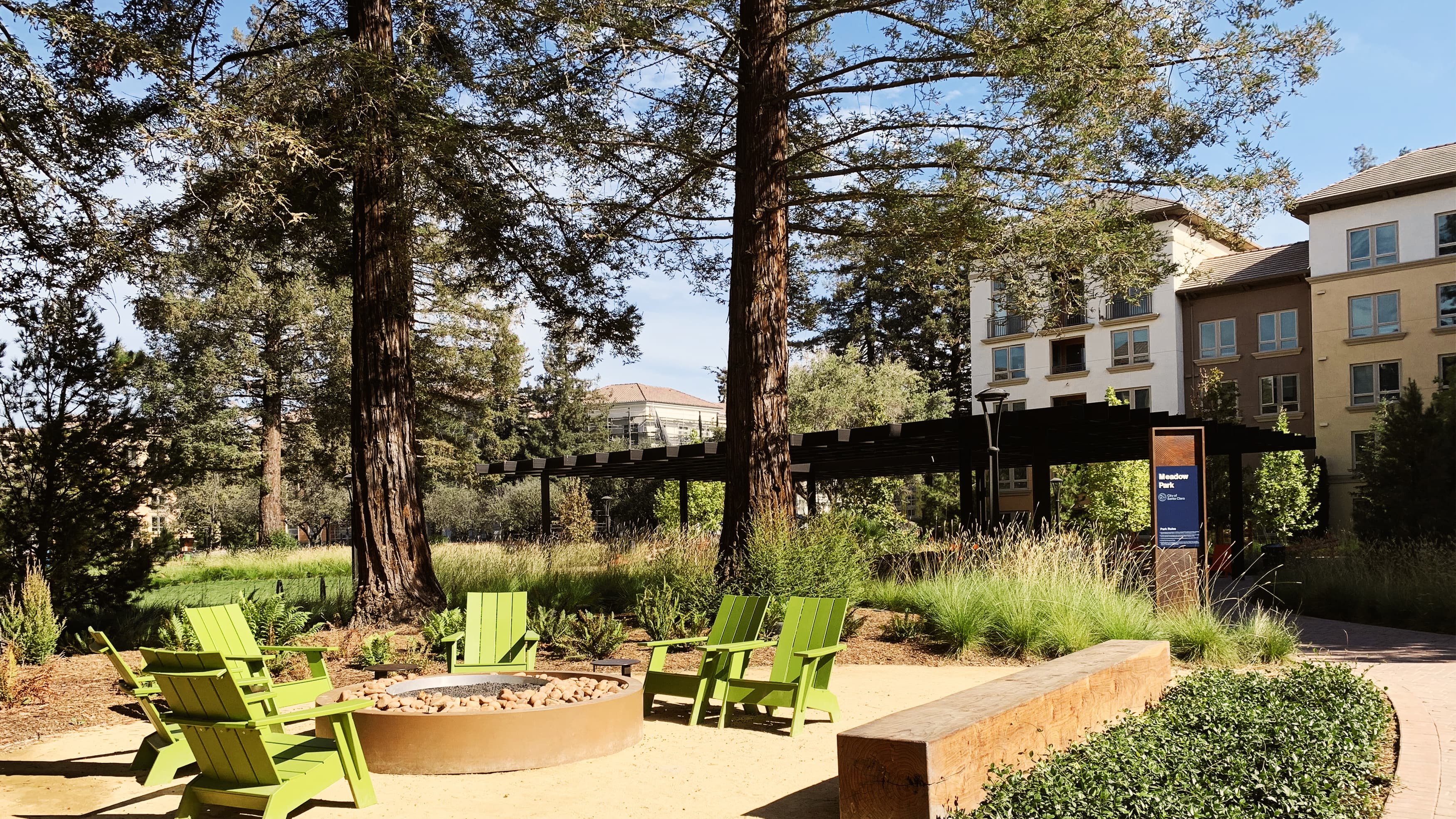September 29, 2020
Branding & Wayfinding Used to Create a Strong Community

September 29, 2020

The quarantine is profoundly changing the way people think about home. As the RSM Design team approaches residential development, in both the multi-family and master planned sectors, some interesting trends stand out.
Consistent Brand Narratives that Build Trust
Residential brands must work strongly as an on-line introduction to a community that goes far beyond the built environment, and seamlessly bridges the gap between digital and built spaces with clarity and consistency. As RSM Design works with communities, we often start with the vision of the project…what inspires the site, the landscape design, and the architecture. This holistic approach puts listening first.
The goal is to craft a logo that reflects and projects a consistent voice. The logo often is the user’s first impression and it must condense layers of meaning with the tools of type, color, negative space, and icons. When it comes to logo design, RSM Design has a long history of strong brands for our residential clients, each expressing the unique voice of that place, translating abstract ideas into a visual narrative.


RSM Design’s role within the branding realm does not stop with the initial logo and brand vocabulary...we translate the same brand narrative from the logo to the built environment. In a competitive environment, this level of detail helps set the highest quality brand apart from the competition. We stay true to this principle of the brand narrative by placing it at the center of all that is designed and building on principles of trust, integrity, and consistency.


This consistent brand experience builds trust with the resident. Each interaction of a brand promise made and kept works to gradually solidify the relationship.Strong brands will foster the valuable assets of loyalty and trust in a project.

Connections to Outdoor Recreation
Outside your front door, a home is a connection to the world. Easy access to trails, waterfronts and other amenities are a strong motivator for many buyers and renters. The link from home to park and trails is made visible and more accessible through creative wayfinding and placemaking.
The strongest example of this pattern can be found in the work on the Great Park Neighborhoods in Irvine, with a network of private parks and bike trails as a central element of the value proposition for a master planned housing development. Each neighborhood needed personality and a distinct aesthetic. FivePoint came to RSM Design to extend the brand into the built environment. Locals expected parks and amenities and what differentiated the Great Park was a friendly character and the high quality of these spaces.


At Terramor, RSM Design worked with Foremost homes to integrate a rich trail network, public parks and private recreation uses into a community for age-qualified buyers. By including wayfinding and mile markers along the trail, the signage fosters strong on-site pedestrian connections. Living at Terramor combines the feeling of a foothill desert resort with a park lodge while the trails and wildlife enrich the community.
Each project and its location has a unique set of local conditions. The use of site circulation and sight line analysis helps to define and communicate the best use of signage to support links to the outdoors.

Within the footprint of each use at Santa Clara Square, the wayfinding signage shows users the most direct routes, making the connections more vibrant. In addition to private outdoor links, the sign program helped the client team bridge the gap with signs for on-site public parks and links to the regional trail system, including the San Mateo Creek Trail that connects the project to the Levi’s Stadium.
On-Site Amenities with Pow!
RSM Design’s approach to architectural and environmental graphics is rooted in the idea of the human need for Certainty, Variety and Delight. While the umbrella brand of residential projects should be consistent, we find that amenities spaces are an excellent opportunity for the brand to communicate a sense of needed variety.

Whether it’s an on-site tasting room, golf-simulator, or a pickle bar court, these amenities are key drivers in the decision making process for choosing a home.

Graphics that are vibrant, unusual, and creative encourage memories highlighting these amenities that distinguish a clients brands from other communities. They allow the core brand to be playful and more layered, broadening the ways that residents can connect.

We are living through a time of unprecedented constraints. Lifestyles are adapting, but people yearn for the same things – for connection, safety and community. More than ever, these experiences are centered at home. We are committed to finding new ways to foster meaningful connections and help communicate a project’s vision with the future homeowner.